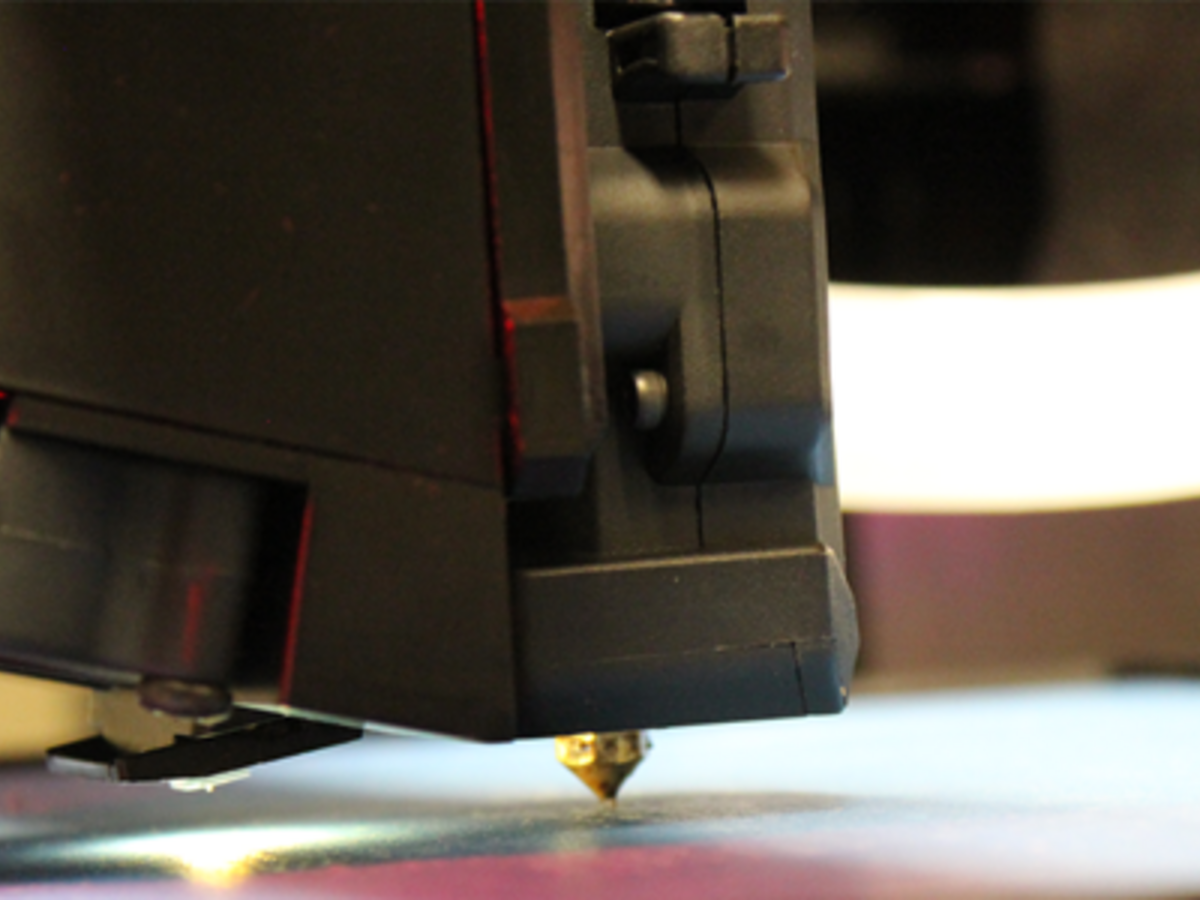February 23, 2018
UL’s not-for-profit Chemical Safety Research Group has been studying the indoor air quality impact of 3D Printing. The research that was done jointly with the Georgia Institute of Technology focused on the characterization of ultrafine particle and chemical emissions during operation of the devices. A Summit in 2017 brought academic and government researchers and policy makers together to discuss the results and next steps. The Proceeding of this Summit and related publications can be found at UL’s research site, www.ulchemicalsafety.org. The research has brought awareness and concern to the public about ultrafine particle (UFP) and volatile organic compound (VOC) emissions, which can potentially adversely affect human health.
UL is now leading the development of a UL/ ANSI standard for testing and evaluating these 3D printer emissions based on research methodology. The proposed First Edition of The Standard Method for Testing and Assessing Particle and Chemical Emissions from 3D Printers, UL 2904, was recently made available for review and comment on UL’s Collaborative Standards Development System (UL CSDS). The proposal applies to 3D Printers and print media that are of a size and format that can be practically tested in a controlled environmental chamber. It applies to freestanding printers typically found in schools, offices, libraries, homes and other non-industrial indoor spaces and contains measurement protocols for determining the emissions of particles (including UFP) and volatile chemicals from diverse 3D printers, print media, and print applications.
The standard consensus group of diverse stakeholders hope to have the final standard ready by the end of Q2 2018. Interested parties can view the draft standard at http://www.shopulstandards.com

